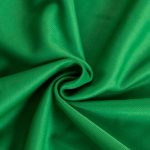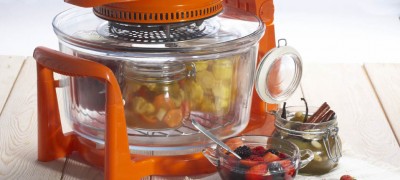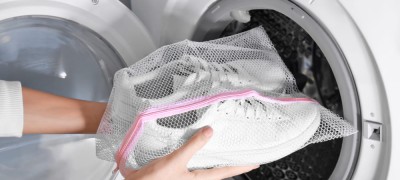What temperature to wear a polyester jacket, material features
Polyester - Synthetic fabric made from 100% polyester. The fibers are obtained as a result of special oil refining. Sometimes, in the process of making fabrics, natural or semi-synthetic fibers are added to synthetic fibers, for example, wool or viscose. Outwardly, the material can resemble completely different products: wool, cotton.
It is used for the production of:
- tracksuits and workwear;
- home textiles: curtains, bedspreads, bed linen, tablecloths;
- casual clothes: shirts, underwear, jackets, dresses, trousers;
- accessories: umbrellas, bags, gloves;
- accessories for tourism: tents, raincoats, windbreakers, sleeping bags, backpacks;
- children's toys.
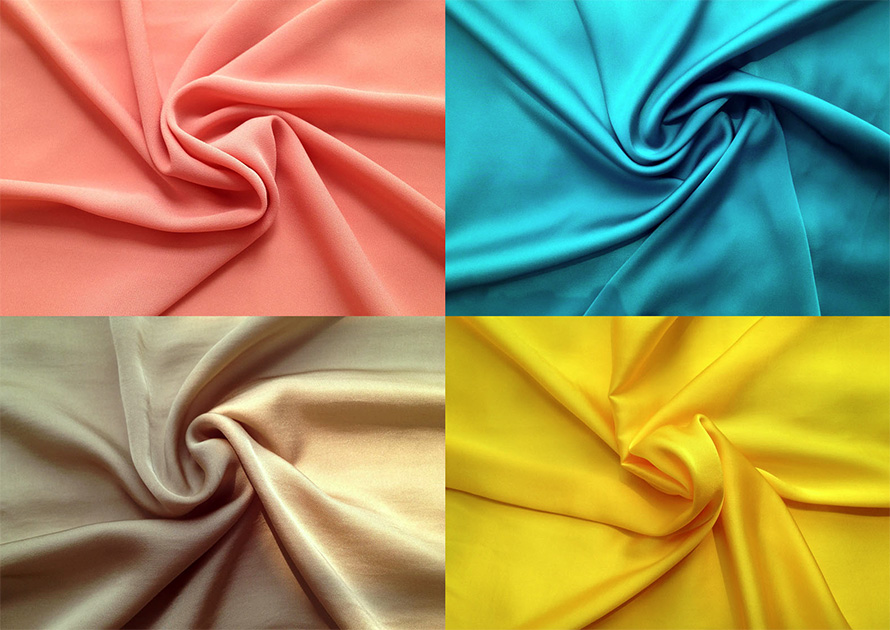
Polyester is one of the most demanded materials in the textile market. Here its share is about 60%. External qualities depend on the shape of the fiber and the type of processing. Polyester is constantly being improved. Technologists combine natural, synthetic and artificial fibers in its composition. The result is fabrics that are completely different in appearance and properties. They often resemble natural counterparts.

Important! Polyester has several names known to the consumer: lavsan, diolen, tesil, dacron, but in terms of characteristics, they are all the same.
- The main properties and features of polyester
- Advantages and disadvantages of fabric
- Varieties of insulation and their temperature characteristics
- The ratio of grams and degrees
- How to choose the right jacket with polyester insulation
- Basic rules for washing in a washing machine
- Does it shrink after washing
- How to dry and care for
- Video: how to properly wash a polyester jacket
The main properties and features of polyester
Polyester can be different. Its qualities may vary depending on processing and production option. But all polyester fiber fabrics differ in common properties:
- High strength. According to this parameter, the material is the leader in the textile market.
- Light weight. Products are lightweight due to the characteristics of the fiber.
- Wear resistance. Any polyester fabric product will last a long time.
- High external characteristics. The fabric looks presentable. Most often it resembles natural wool or cotton.
- Holds its shape well. This quality is especially important when ironing out folds on clothes or curtains.
- Low cost. Due to this, polyester products are inexpensive and available to a wide range of buyers.

One of the important properties of polyester is ease of maintenance. It does not require special conditions, it is easily washed, the material is well ironed and practically does not wrinkle.
Advantages and disadvantages of fabric
Like any fabric, polyester has advantages and disadvantages. The pluses of the material include:
- Very little subject to wear and tear.
- Does not stretch and does not shrink when washed.
- Nice to the touch, well suited for sewing clothes.
- Easy to care for, you need normal washing, drying and ironing conditions.
- Does not lose its original brightness for a long time.
- Does not form "pills", does not fade during washing.
- Does not create favorable conditions for the development of moths, dust mites, harmful microorganisms.
Cons of material:
- High density. The fibers are of chemical origin and are tightly woven into the fabric. Air permeability tends to zero. Therefore, polyester products are not suitable for summer.
- Rigidity. The synthetic origin does not allow the material to be as soft as natural counterparts. To solve this problem, cotton or elastane is sometimes added to the composition.
- Possible allergies. Polyester fiber is not recommended for people with sensitive skin. It is especially undesirable to use the material for those who suffer from psoriasis.
- Electrification. The accumulation of static is a well-known property of any synthetics. As a result, products made of polyester fibers are attracted to the skin and collect dust and other particles. An antistatic agent will help remove static electricity.

Varieties of insulation and their temperature characteristics
Modern fillings for winter jackets are made in most cases from polyester fibers. This choice is easily explained: the cost of synthetics is lower, microorganisms, for example, dust mites, do not start in it, it is easier to care for, and in terms of protection from the cold it is in no way inferior to natural fillers. There are several types of insulation for jackets.

Holofiber
Nonwoven fabric composed of hollow fibers. The name comes from the English hollow - empty, fiber - fiber. Externally, the fibers are like springs. They are arranged in a chaotic manner: vertically and horizontally. Internal cavities are sealed from all sides. Air chambers are formed, which allow you to retain body heat and warm a person in the cold.
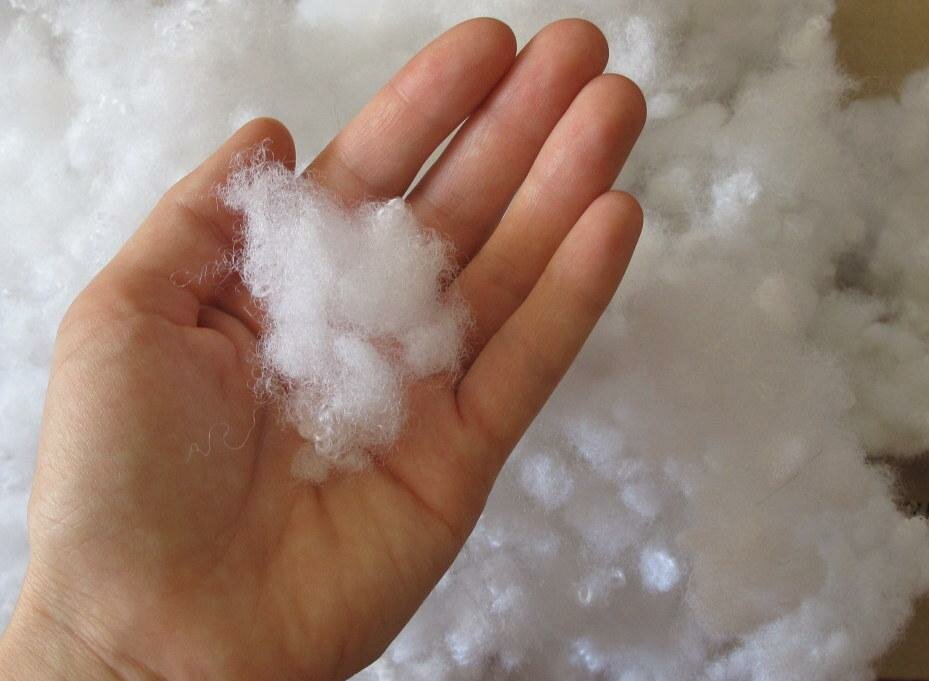
The density of holofiber can be different - from 60 g / m2 to 400 g / m2. Spiral fibers intertwine with each other and give the material a springiness. Due to this, it easily regains its shape after compression.
Pros:
- keeps warm well;
- does not accumulate dust;
- does not provoke allergies;
- does not wear out for a long time;
- non-toxic, environmentally friendly;
- suitable for home washing;
- washes without problems and dries quickly;
- elastic and easily restores its shape;
- does not accumulate static electricity;
- does not absorb odors.

Minuses:
- More expensive than analogues, for example, synthetic winterizer.
- Poor moisture absorption.
Sintepon
The most famous type of insulation. It is a web of polyester fibers. They are bonded to each other in different ways: with an adhesive, needle-punching technology, or by heat treatment. The main characteristics of the padding polyester are light weight, no toxicity, low cost, low melting point. Natural ingredients are added to the composition of some types of padding polyester - wool or cotton.

Pros:
- high-quality thermal insulation;
- fast recovery of shape after compression;
- affordable price;
- hypoallergenic;
- a large selection of types of padding polyester for different purposes.
Minuses:
- synthetic winterizer made by the glue method using low-quality glue, causes allergies;
- low air permeability can cause discomfort due to the fact that a person starts to sweat.

Another significant drawback is that the synthetic winterizer is not suitable for cold winters, the maximum recommended outdoor air temperature for the synthetic winterizer is -10 ° C, in rare cases -20-25 ° C.
Isosoft
Isosoft is a modern product, a leader among European fillers. It differs from the previous analogs in the lightest weight and improved heat-insulating qualities. Clothes with insulation made of isosoft are practically weightless, but at the same time they warm well in cold weather. Isosoft filler is 4 times warmer than synthetic winterizer.
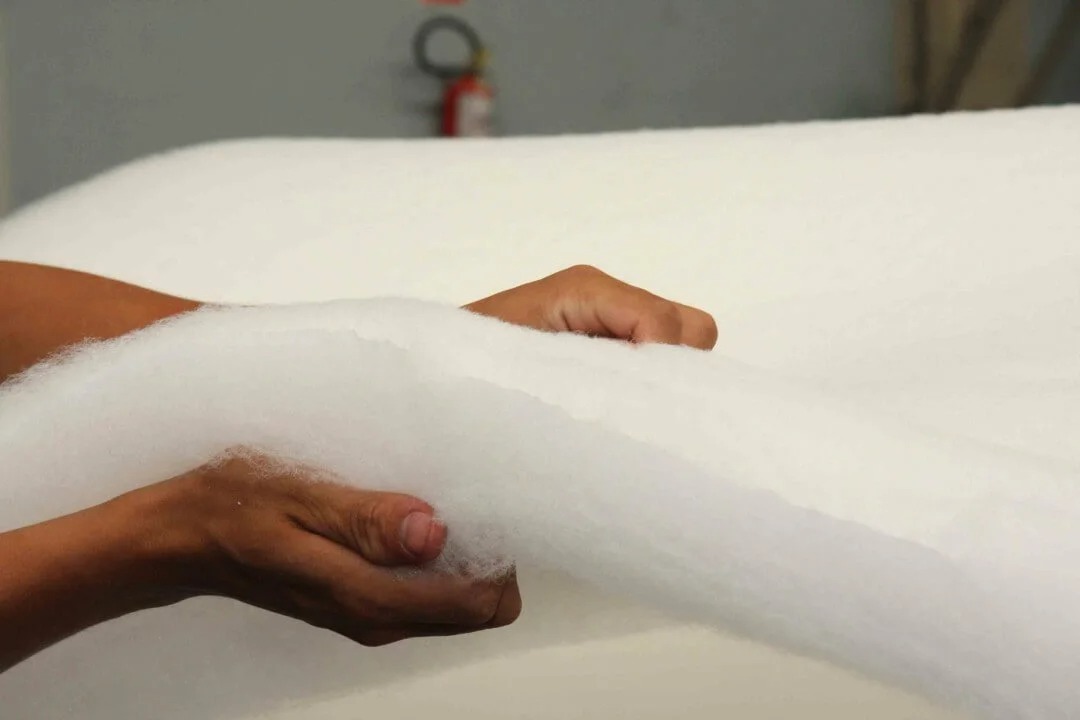
The fibers are twisted so tightly that they form balls. Thanks to this feature, the material is outwardly easy to distinguish from other heaters.
Isosoft is used for different purposes. Today it is often used to fill blankets, pillows, mattresses. With its help, jackets, down jackets, sleeping bags, sports clothes for children and adults, as well as uniforms are insulated.
Pros:
- excellent heat preservation properties;
- good air conductivity;
- minimum weight;
- soft and elastic texture;
- small thickness;
- good washing resistance;
- quick recovery of shape after compression.

Minuses:
- High price. Quality material is purchased from Belgium. Therefore, the price of such isosoft is more expensive than the cost of other heaters.
Thinsulate
Thinsulate is a NASA order for industrial companies. Initially, the material was produced for cosmonauts and polar explorers. The main requirements that were put forward to it were light weight, good water-repellent properties, heat retention even in the most extreme conditions.

Often this type of insulation is called artificial swan down. It is a highly siliconized fabric, which consists of fibers twisted in a spiral. They are 60 times thinner than a human hair. The average diameter is about 5 microns. On the outside, the fibers are treated with silicone. In terms of thermal insulation properties, thinsulate surpasses natural swan down by 1.5 times.
Pros:
- environmental friendliness and safety for health;
- soft and weightless texture;
- does not absorb the smell of sweat and other foreign odors;
- the warmest and lightest of all heaters;
- does not shrink when washing;
- dries quickly;
- does not cause allergies;
- does not form lumps and does not deform after washing in the machine;
- durable and wear resistant.

Minuses:
- accumulates statics;
- in some cases may cause overheating.
The ratio of grams and degrees
A different ratio of grams and degrees determines the comfort of outerwear at a certain time of the year. With which filler is it better to buy a winter jacket or a demi-season down jacket, it is necessary to decide depending on the density of the insulation. For different fillers, these parameters are different.
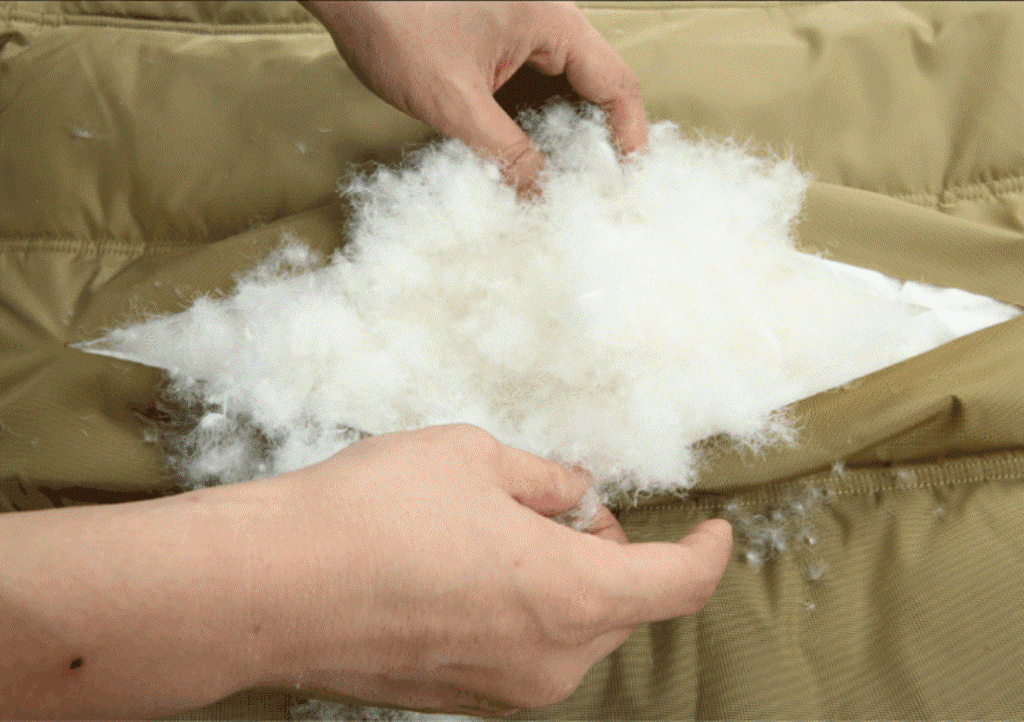
Holofiber. The density of the holofiber is designed for temperatures from + 10 ° C to -30 ° C. To make the jacket comfortable, you need to pay attention to the density of the holofiber filler:
- 100 g / m2 - from +5 to + 10 ° С;
- 150 g / m2 - from +5 to -10 ° С;
- 200 g / m2 - from -10 to -20 ° С;
- 300 g / m2 - from -20 to -30 ° C.
Sintepon. Not suitable for a cold winter. It is better to buy clothes with padding polyester for the off-season than for low winter temperatures. The density of padding polyester varies from 50 to 600 g / m2. The thickness of the canvas is designed for different temperatures:
- 100 g / m2 - spring or autumn, when the temperature ranges from 0 to + 5 ° С and up to + 15 ° С.
- 250 g / m2 is a good option for walking at t + 10 ° C to –5 ° C.
- 300-350 g / m2 - winter frosts down to -25 ° С.
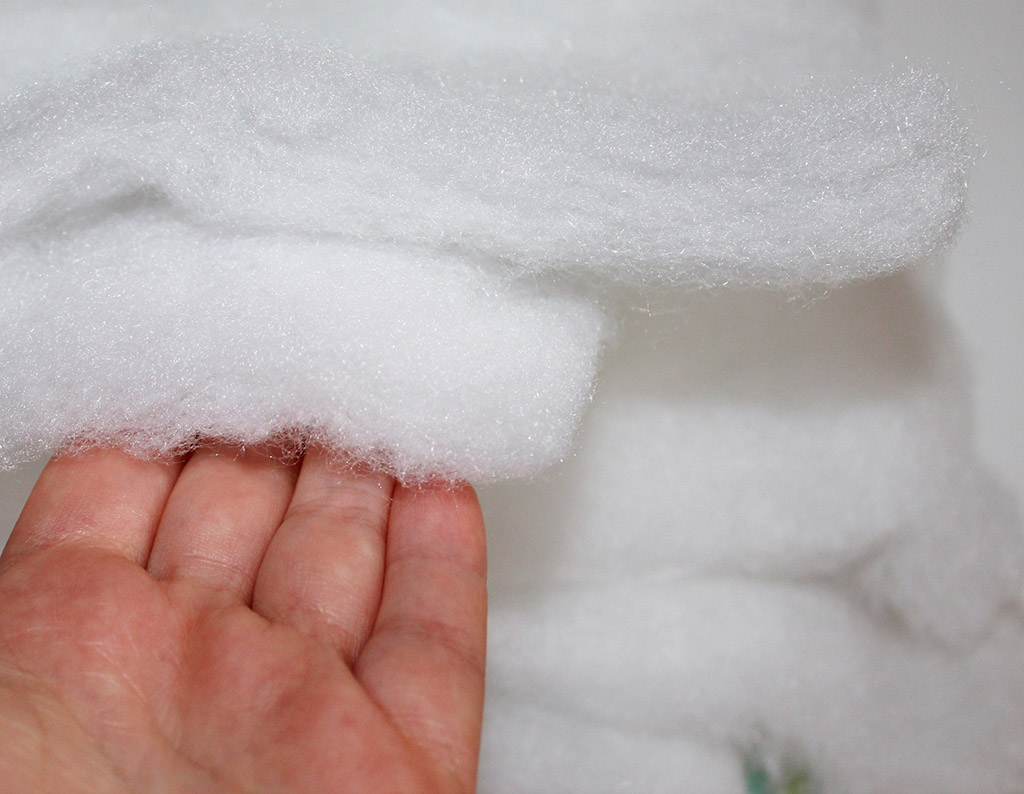
Isosoft. The density of the material can be from 40 to 300 g / m2.You need to select the thickness of the insulation for a specific season and weather conditions:
- warm spring or autumn - 40 - 70 g / m2 - from + 10 ° С to 0 ° С;
- not too cold winter - 100-150 g / m2 - from 0 ° C to -10 ° C;
- winter frosts - 200-300 g / m2 - from -10 ° С to -25 ° С.
Thinsulate. By density, there are many types of thinsulate: C, P, TIB, B, FR. Most of them are designed for temperatures down to -30 ° C. There are options in which it will not be cold even at -60 ° C. Due to the good exchange of moisture and air in outerwear filled with thinsulate, neither overheating nor hypothermia is threatened.
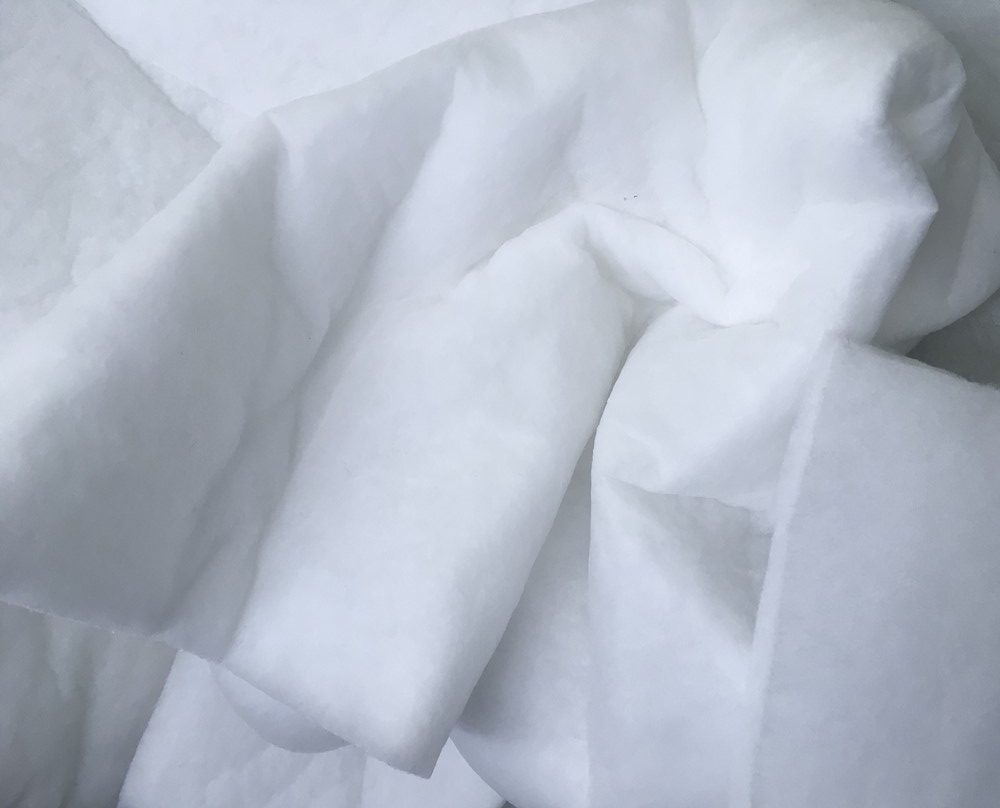
How to choose the right jacket with polyester insulation
When choosing a jacket with a polyester filling, you must carefully read the information on the label. Important criteria: upper material, lining and filling type. If there is no information about the type of insulation, then you need to ask the sales assistant what weather the jacket or down jacket is designed for.

The product must be well quilted, the seams are even and of high quality. It is also important to pay attention to some design nuances:
- Elasticated cuffs. They will prevent heat loss.
- Two-layer quilting. Able to improve the quality of thermal insulation.
- One-piece hood. Such a model will not let the wind through to the neck and head. If the hood is fastened with buttons or buttons, then such a model will be colder.
- Detachable lining. It will enhance the properties of the insulation. In addition, it can always be removed when it gets warmer outside.
The length of the product is also important. The longer the bottom of the garment, the warmer the garment will be.

Basic rules for washing in a washing machine
Often, the owners of a down jacket, jacket or coat with a synthetic filling are worried about whether polyester can be washed in a washing machine. The answer is simple: most polyester fiber products are machine washable. But in order for the washing to be successful, and things do not lose their visual appeal, it is advisable to adhere to the following recommendations:
- Before washing the polyester in the washing machine, you need to take out all the contents from the pockets, turn it inside out, and carefully place it in the machine.
- Set the temperature regime to 40 ° С. If cotton is included in the fabric, switch the washing machine temperature to 60 ° C.
- The washing mode should be set to delicate.
- Spinning should take place at no more than 600 rpm. Larger amounts may cause abrasion or other damage.
- An obligatory part of care is the use of fabric softener when rinsing. If you do not use it, then the clothes will become electrified when worn.

With the correct spin, the jacket does not need to be ironed. But if there is such a need, then you can steam it off with an iron without touching the jacket or use a steam generator. You can also iron the surface at the lowest temperature through a cotton cloth.
Does it shrink after washing
Subject to the rules of washing, ironing, drying, polyester products do not shrink and do not lose their original shape. A jacket, coat or down jacket can only shrink if washed in too hot water. The thing can also shrink if you select too high a temperature and the longest drying cycle.

How to dry and care for
It is important to clarify the information on the conditions for caring for the product on the label and strictly follow the manufacturer's recommendations. After washing, you need to get the down jacket or jacket out of the machine, turn it out on the front side, straighten the sleeves, hang the product on a hanger and gently smooth out the irregularities, then dry it.

Advice. So that after spinning there are no creases left, during drying, you can stuff jackets or a down jacket with crumpled clean sheets of paper with paper.
Video: how to properly wash a polyester jacket
